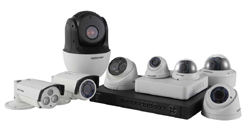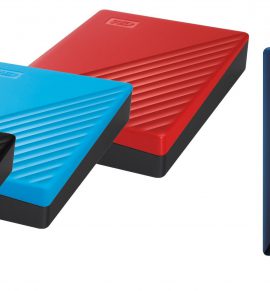DVR Basics – اساسيات عمل جهاز التسجيل
A digital video recorder (DVR) is an electronic device that records video in a digital format to a disk drive, USB flash drive, SD memory card, SSD or other local or networked mass storage device. The term includes set-top boxes with direct to disk recording, portable media players and TV gateways with recording capability, and digital camcorders.[1] Personal computers are often connected to video capture devices and used as DVRs; in such cases the application software used to record video is an integral part of the DVR. Many DVRs are classified as consumer electronic devices; such devices are sometimes referred to as personal video recorders (PVRs).
DVRs can usually record and play H.264, MPEG-4 Part 2, MPEG-2 .mpg, MPEG-2 .TS, VOB and ISO images video, with MP3 and AC3 audio tracks. They can also display images (JPEG and PNG) and play music files (MP3 and Ogg).
Some devices can be updated to play and record in new formats. DVRs usually record in proprietary file systems for copy protection, although some can use FAT file systems. Recordings from standard-definition television usually have 480p/i/576p/i while HDTV is usually in 720p/1080i.
DVR – Basics – اساسيات عمل جهاز التسجيل
شرح بسيط لاليه عمل جهاز التسجيل وطريقة تسجيل المقاطع على القرص
وأهم مشاكل جهاز التسجيل
Digital Video Recovery – DVR
انور الكندري – Kuwait Data Recovery
خبير استرجاع البيانات بالكويت منذ عام 1997










